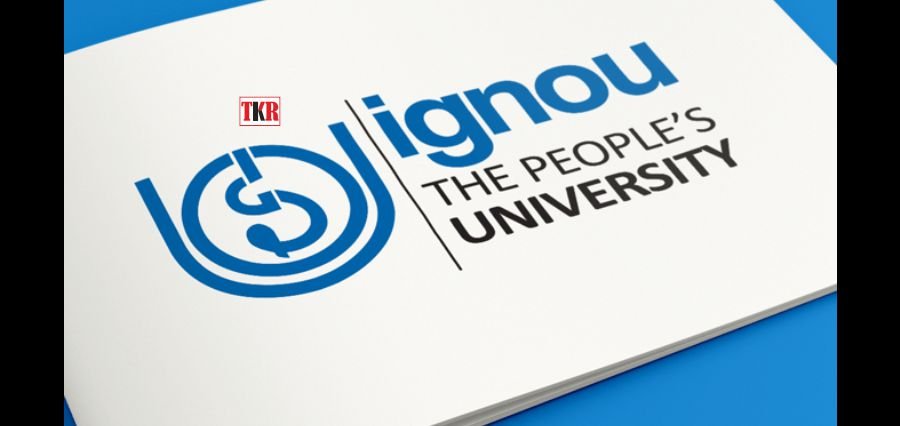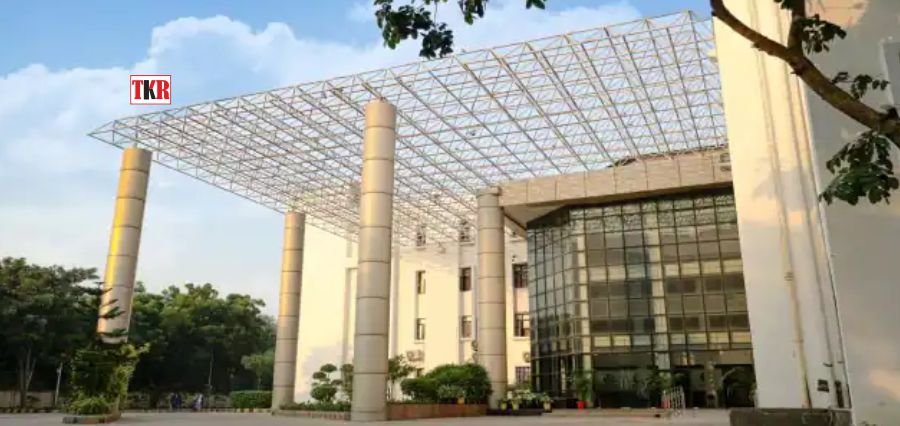Despite modernity, human resources continue to be crucial and indispensable within organizations. Industries 1.0 and 5.0 have left their mark on businesses, and industry 5.0 is at our door. Therefore, the question of whether HR needs to reform is not relevant. How much needs to change and what new aspects of change are the questions. Academicians and managers strongly agree that the most important aspect of change is to match human resource management education to the needs of the rapidly changing industry.
The main goal of this alignment story is to give students access to new HRM-related technology and empower them to use it.The usage of chatbots for employee interfaces, blockchain-based HR apps, artificial intelligence (AI), analytics-based HR decision-making, Internet of Things (IoT), and chatbots have all revolutionized HRM in the business world. The benefits of utilizing these technologies in HRM in a variety of ways are immense. HRM students must receive training in the management, application, and use of these technologies.
They must be made aware of how technology helps human resources to increase output, efficacy, and efficiency. Management institutions may therefore need to implement an HR technology focused management program.
While traditional classroom instruction may have its drawbacks, educational institutions may need to consider using asynchronous learning strategies. One option to consider could be to look into certifications offered by technology suppliers such as IBM or SAP. Additional options could be MOOC courses provided by several prestigious universities in India and outside or courses provided by EdTech companies.
Additionally, HRM students may receive training in behavioral competences to manage the fallout from the use of technology, bridging the gap with industrial requirements. The HR function in industry 5.0 must take into account the economies of scale and scope that come with technology. The alignment of HR education with the demands of the practicing world would be greatly aided by the development of suitable behavioral competences.
HR expertise and technology are only useful when they are rooted in the organization’s business context. Emphasizing the development of business orientation and abilities related to environment scanning, connecting environment to HRM, and coordinating HR deliverables with business environment are necessary to close the gap with industry. These essential qualities needed for industry 5.0 can be attained by emphasizing industry-academia partnerships more, which need to go beyond traditional borders. The industry must be involved at every stage of the students’ lives, from admission to graduation. Industry involvement must begin with curriculum design and continue through assessment.
Industry stakeholders have a big say in how different businesses operate and, consequently, how HR decisions are made. Due to the uncertainties surrounding geopolitical conflicts, diversity and inclusion, and ESG, their impact on the HR function has grown. The expectations of stakeholders about HR and its execution by the HR function have been clouded by these developments. Therefore, it is necessary to reconsider tried-and-true HR education approaches in favor of immersive and integrated learning opportunities. In conclusion, “bridging the gap” is urgently needed, hence creative solutions must be developed.
Read More : Click Here





